
streams

streams

streams

streams

streams

streams

streams
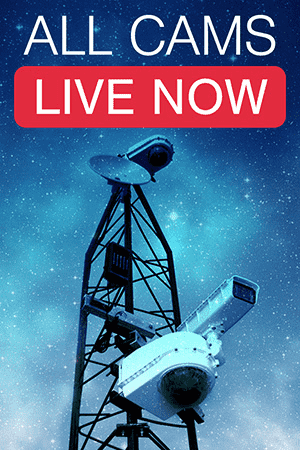
streams
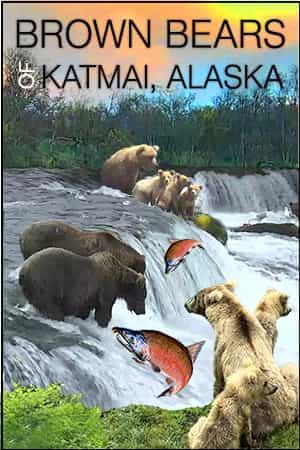
streams

streams
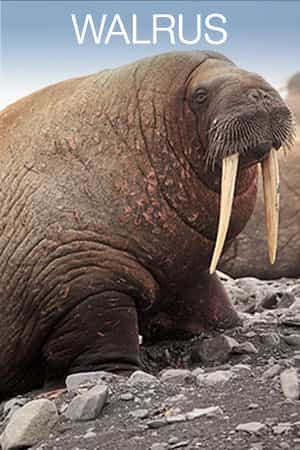
streams

streams

streams
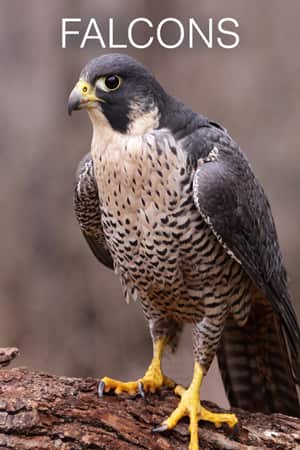
streams
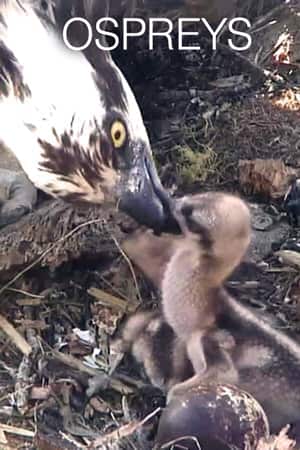
streams

streams

streams
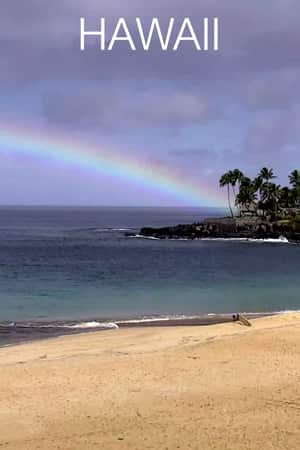
streams
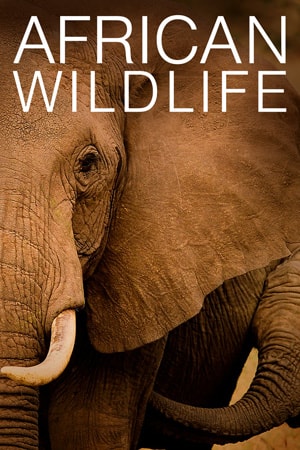
streams

streams
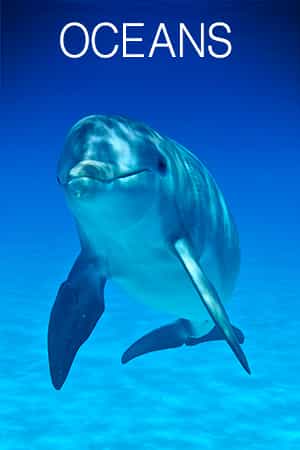
streams

streams
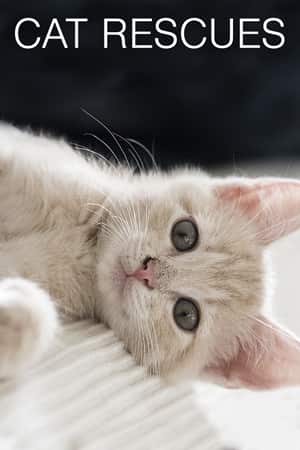
streams

streams

streams
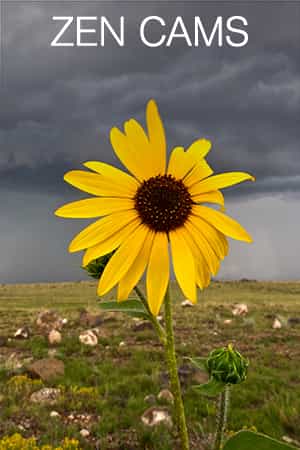
streams
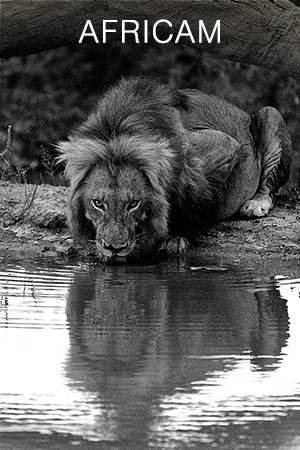
streams
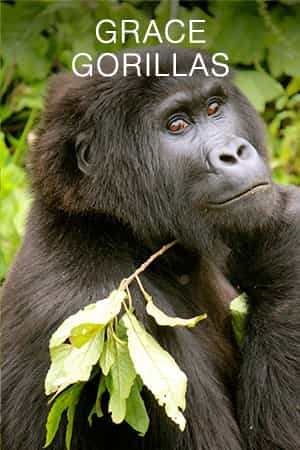
streams

streams

streams

streams

streams

streams

streams

streams

streams
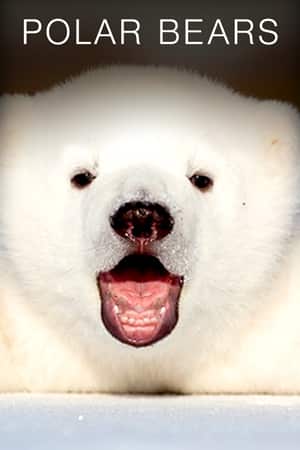
streams
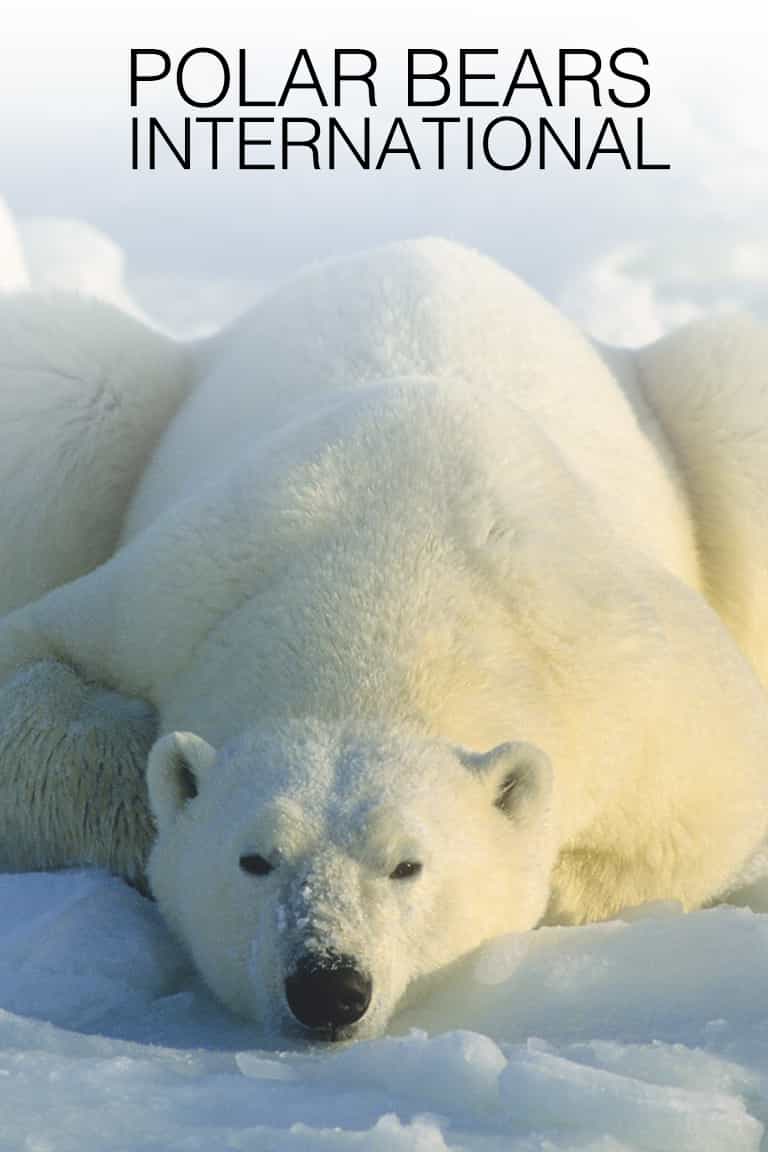
streams

streams
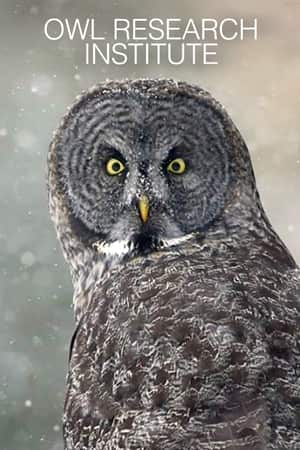
streams
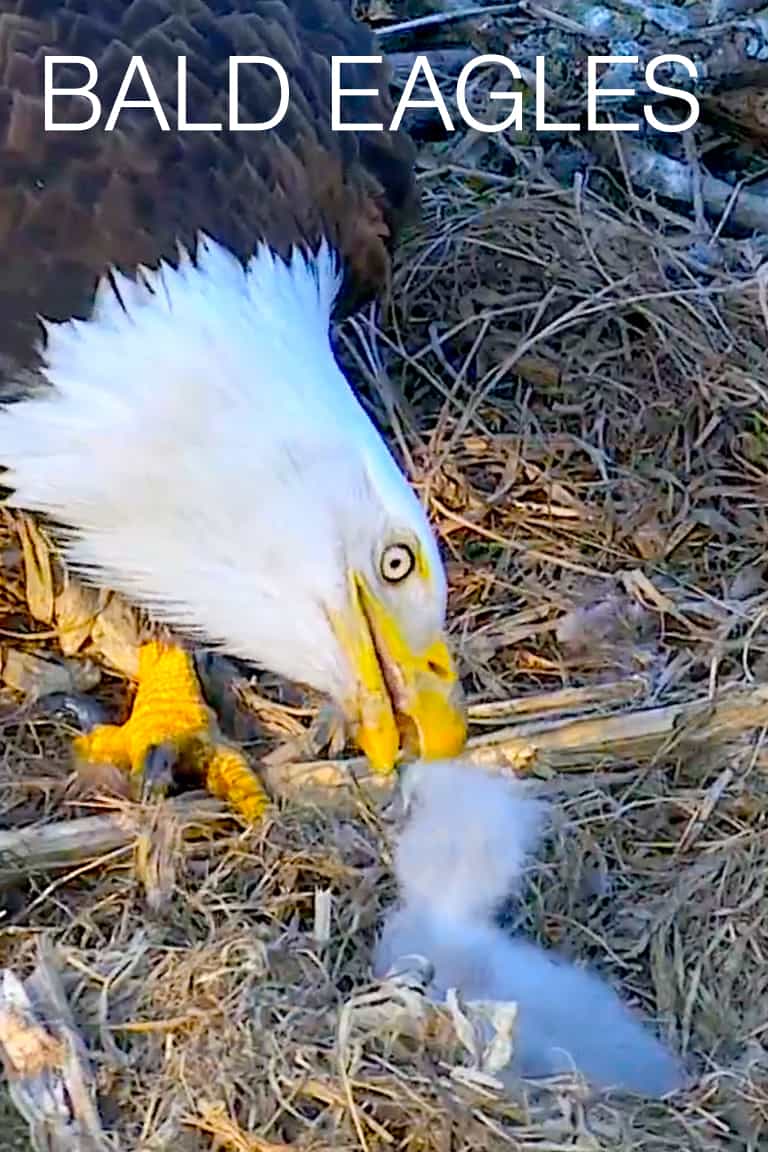
streams

streams
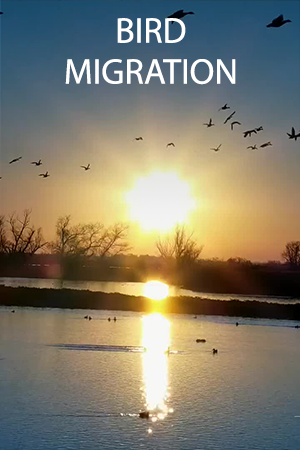
streams

streams

streams

streams

streams

streams

streams

streams

streams
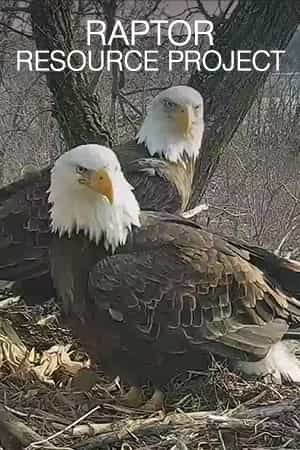
streams
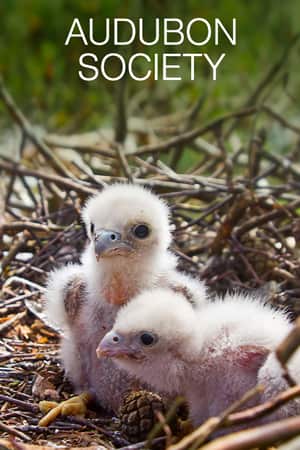
streams

streams
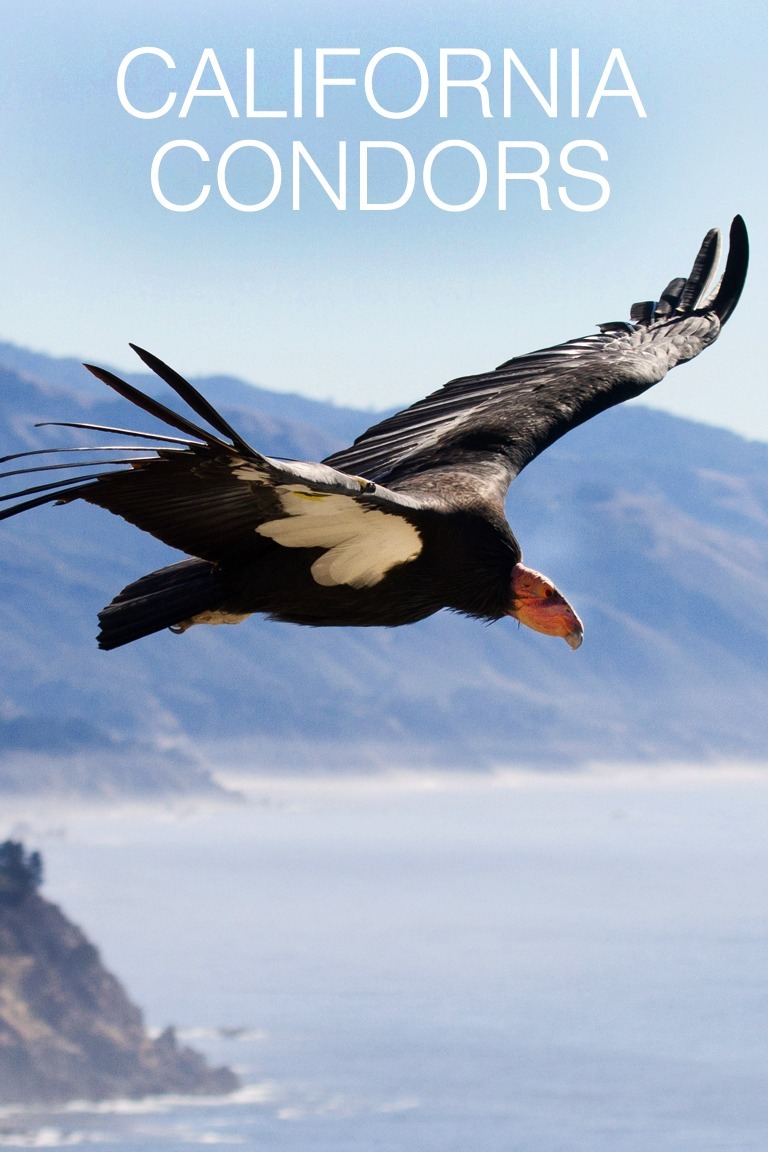
streams
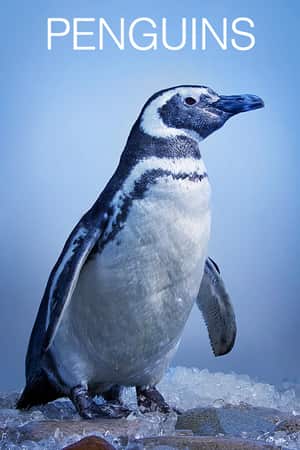
streams

streams

streams
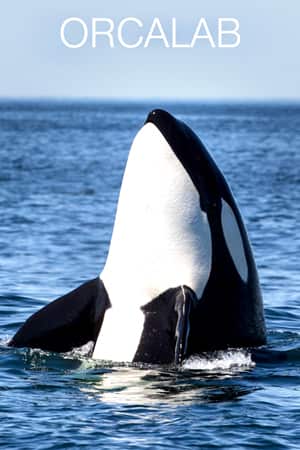
streams
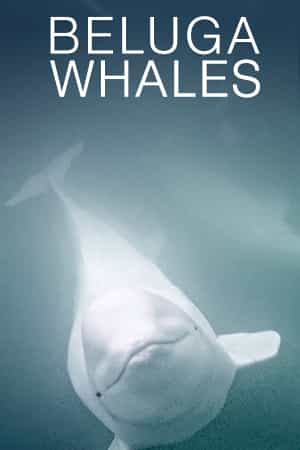
streams

streams

streams

streams

streams

streams
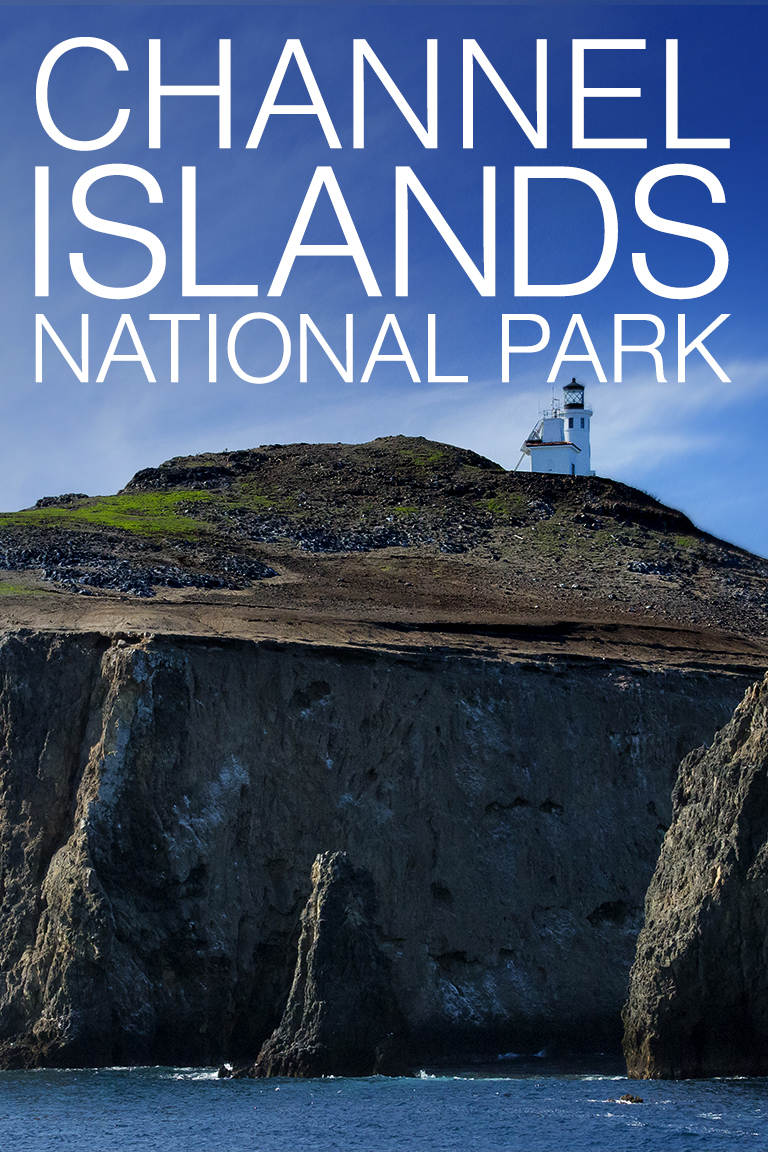
streams

streams
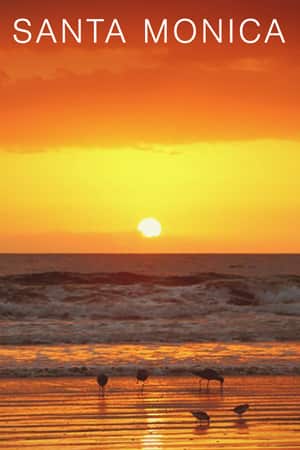
streams
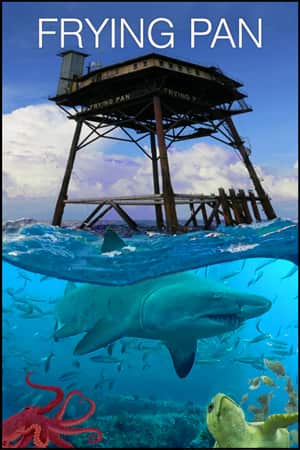
streams

streams
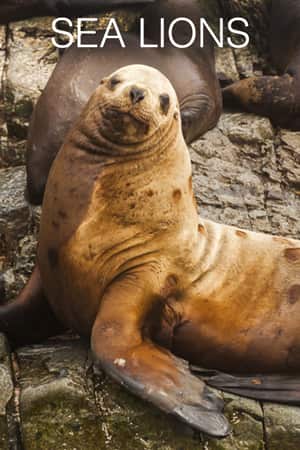
streams
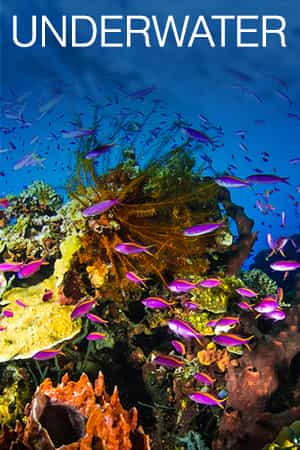
streams
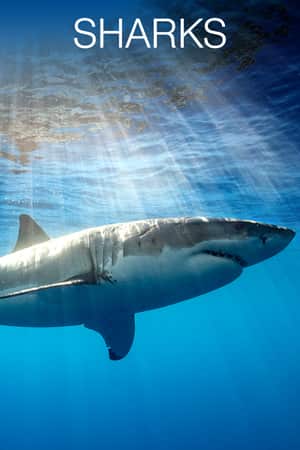
streams

streams

streams

streams

streams

streams

streams

streams

streams

streams

streams
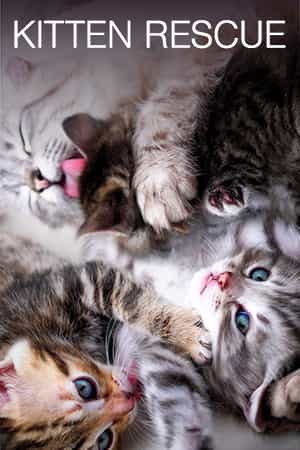
streams
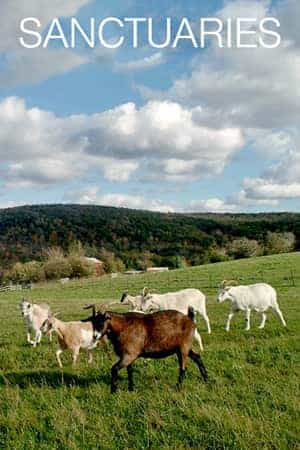
streams

streams

streams
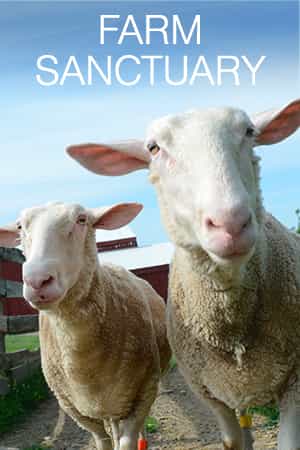
streams

streams

streams

streams
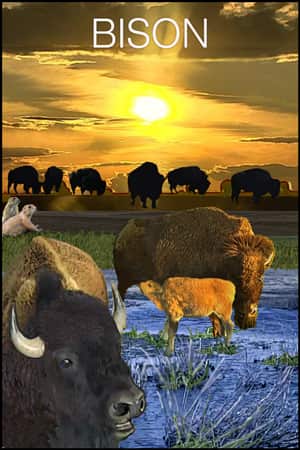
streams

streams
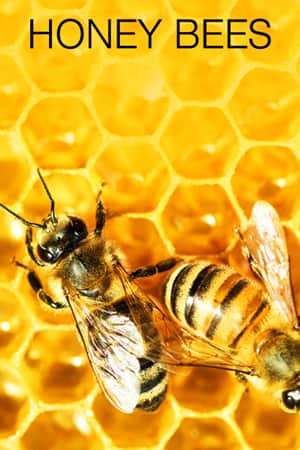
streams

streams

streams

streams

streams

streams

streams

streams

streams

streams

streams

streams

streams

streams

streams

streams

streams

streams

streams

streams

streams
Brooks Falls Brown Bears
Brooks Falls - Katmai National Park, Alaska, USA(ctrl+alt+s)
- Favorite Cam
Information
Watch salmon leaping up the falls, while brown bears compete with each other for the best fishing spots. The largest and most successful bears can catch and eat more than 30 salmon (over 120 pounds) per day! Bears are most abundant at Brooks Falls in late June and July during the sockeye salmon migration, but also keep an eye out for bald eagles, lots of gulls, and maybe even the occasional wolf trying to partake in the salmon buffet.
All Day and All Night
June 2012
Alaska, USA
Weather
- Prime Viewing
Partner
Katmai National Park and Preserve was established to protect and study the active volcanic landscape surrounding the Valley of the Ten Thousand Smokes. This vast and pristine wilderness is a critical habitat for brown bears and salmon and provides citizens and scientists alike the opportunity to explore its dynamic arctic ecosystems.
Calendar
Blog
Q & A
When will I see the most bears?
The most activity on the bear cams here in Katmai National Park and Preserve happens in July and September. Bears seek out the places where they can get the most fish with the least amount of energy, and the location of these places shift throughout the summer. In July and September, Brooks River has a high overall density of fish, but in August, smaller streams in the area tend to have more salmon, so bears will follow them there.
Where is the bear cam located?
This live bear cam overlooks Brooks Falls on the Brooks River, located in Alaska's stunning Katmai National Park and Preserve.
Why do bears come to this particular place?
After the bears of Katmai emerge from hibernation in the spring, they descend on a mile-long stretch of the Brooks River, where sockeye salmon are migrating upstream to spawn.
The waterfalls in this cam create a temporary barrier for salmon as they swim, making it an ideal fishing spot for hungry brown bears.
Are brown bears and grizzly bears the same species?
Technically, yes. Grizzly bears are considered to be a subspecies, but the differences between the two are arbitrary; "grizzly bear" is often used to refer to bears further inland, while "brown bears" have access to coastal areas. As a result of their locations, brown bears tend to eat more fish than grizzly bears and are often slightly larger.
Where else do brown bears live?
Brown bears are the most widely distributed bears in the world, found in the forests, mountains, and coastal areas of the northern part of North America, Europe, and Asia. The brown bears here in Alaska and farther south in the coastal areas of British Columbia are the largest brown bears in the world.
How big are brown bears?
Brown bears are massive animals--bigger than black bears and only slightly smaller than polar bears. They are typically 7 to 10 feet long. In the fall, when bears are at their heaviest just before hibernation, males can weigh a whopping 900 pounds! Females tend to weigh between 300 and 600 pounds.
Despite their enormous size, brown bears are extremely fast--they've been clocked running at 30 miles per hour!
Are brown bears dangerous?
Though grizzly bears tend to be more aggressive than brown bears, the bears in Katmai can still pose a significant danger to humans, particularly if a person inadvertently comes between a female brown bear and her cubs.
However, it is possible for brown bears and park visitors to safely coexist. Read Katmai's guidelines to encounters with bears in Katmai as well as information about fishing around brown bears.
What happens during hibernation?
Hibernation is best described as a dormant state that enables animals to survive for a long stretch of time without eating, drinking, or producing waste.
Here in Katmai, bears will begin to hibernate in October and November after spending the summer months feasting on salmon.
During hibernation, bears' body temperatures will drop slightly below normal, and their heart and breathing will slow dramatically to an incredible one breath per minute and 8-10 heartbeats in the same timeframe.
Surviving in this dormant state still requires a lot of energy; by the time bears leave their dens in the spring, they have lost up to a third of their body weight--and even more if they are lactating females.
How much do bears have to eat in order to prepare for hibernation?
A lot! Brown bears essentially need to eat a year's worth of food in six months in order to make it through the long winter hibernation. Though brown bears are omnivorous and eat nuts, berries, fruit, leaves, and roots, salmon make up a large part of the Katmai bears' diet. Bears here eat up to 40 salmon per day--the equivalent of 100 lbs. and 100,000 calories!
How do bears catch fish?
Bears often use the same techniques as their mothers as well as those they pick up on their own. Here at Brooks Falls, keep an eye out for these different fishing techniques:
- Stand & Wait: Some bears will stand precariously on the top of Brooks Falls and wait for the fish to jump close enough--then they quickly catch them in their mouths. This technique is only effective when the river is crowded with jumping salmon.
- Sit & Wait: Shouldn't fishing be relaxing? The most dominant bears have the best fishing spots; they sit in the highly coveted 'plunge pools' (which could be described as the bear equivalent of a jacuzzi!) and wait for fish to swim by. When they feel a fish close by, they quickly use their paws to pin the fish to the river bottom or against their body.
- Dash & Grab: Early in the season, when salmon are plentiful, some bears will chase after fish and use their paws to pin them on the river bottom. This technique requires a substantial amount of energy, so it is quickly abandoned when the number of salmon in the water thins.
- Snorkeling: Humans aren't the only ones who like to see fish underwater. Many bears employ the technique of snorkeling, or swimming on the surface of the water with their faces submerged. This strategy is especially useful in the fall, when dead and dying fish are often just below the surface.
- Pirating: Some bears steal fish from other bears, particularly early in the season, when hibernation has left them famished. Upon catching a fish, smaller bears will often run away from the river and into the forest to avoid the hungry advances of a larger bear.
- Diving: Most bears prefer to snorkel, but occasionally a bear will completely submerge itself looking for fish.
For different perspectives on Katmai's bears and stunning vistas, check out our other cameras! We have a cam at the lower part of the river, underwater and on top of Dumpling Mountain.

